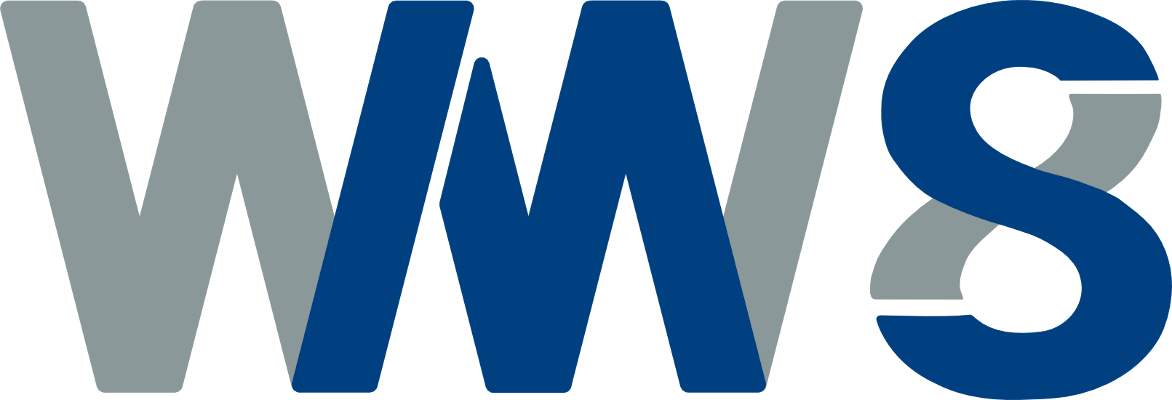Deformation in metallic nanomaterials
Christian Brandl
Karlsruhe Institute of Technology, Institute for Applied Materials IAM-WBM
Wednesday, 10. June 2015, 17:15
WW8, Room 2.018-2, Dr.-Mack-Str. 77, Fürth
At characteristic length scale below ~100 nm, metallic materials can show unexpected mechanical behavior and microstructural evolution. Beyond the increasing experimental evidences on unique phenomena in nanostructured materials, molecular dynamics (MD) simulations helps elucidating the underlying deformation mechanisms in e.g. nanowhiskers, nanocrystalline and nanolayered metals. Contrary to mesoscale and continuum scale simulation methods with a priori assumption on the defect structures and kinetics, the plastic deformation in MD simulation is a result of interatomic interaction and imposed boundary conditions.
The synergies of MD simulations and experimental work are illustrated for the deformation behavior of gold nanowhiskers, which are structured to probe their flaw sensitivity. Although the difference of time-scales between experiments and MD simulations is several orders of magnitudes, the emerging grain boundaries appears to be similar in structure and stress levels, which also contradicts the contemporary notion of strongly thermally-activated dislocation nucleation in metallic nanowires.
In the 2nd part, the time-scale issue of MD simulations is addressed in a study on the mobility of flat grain boundaries. Unexpectedly the motion of twin boundaries can have different signatures of mobility – ranging from a “diffusive” regime to a pinning-depinning (“yield”) regime. The inspection of the detailed atomic motion reveals the same operating atomistic mechanisms, although mobility’s signature changes. The implications are discussed in context of GB motion in extreme environments of stress, strain rate and temperature.

